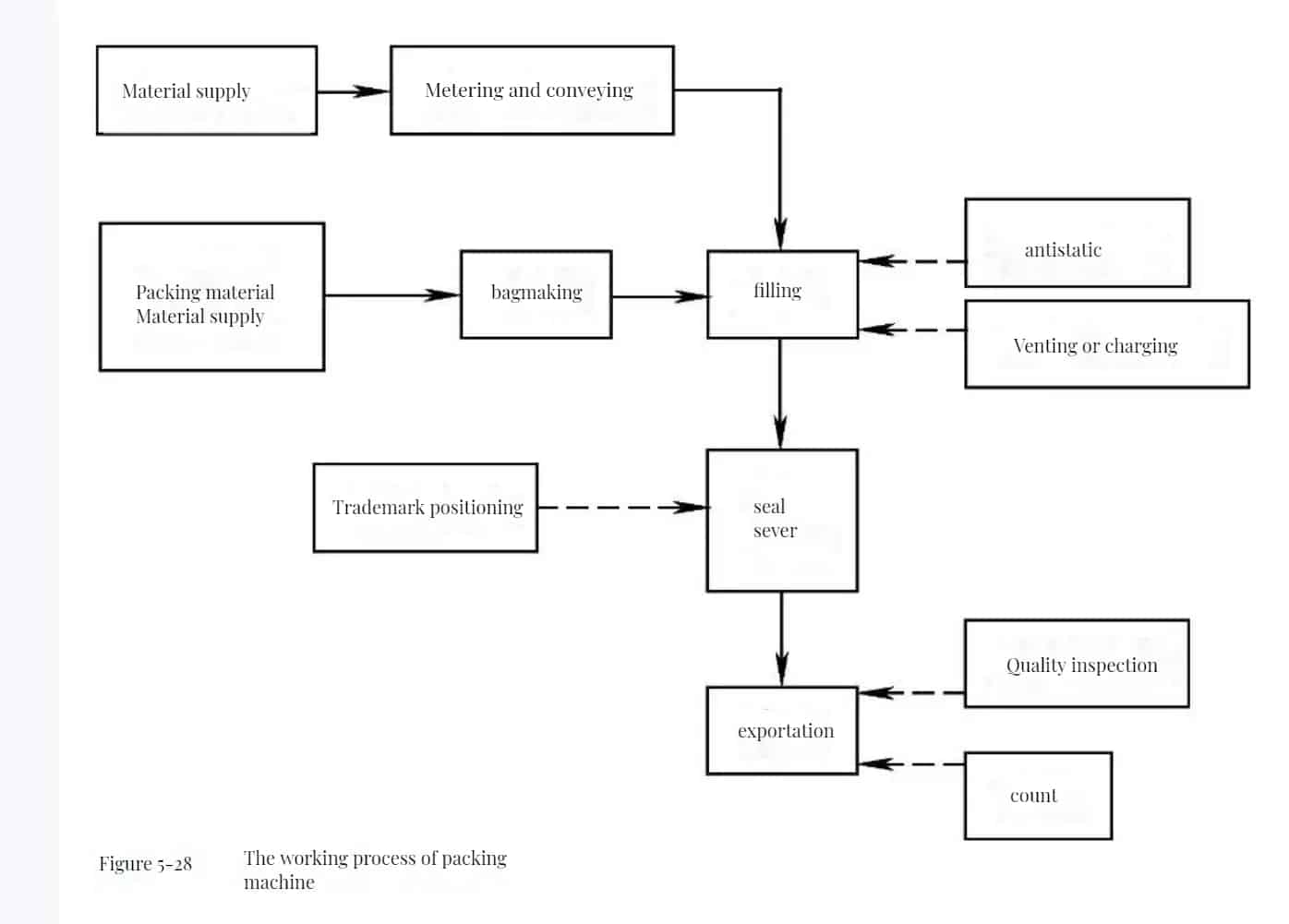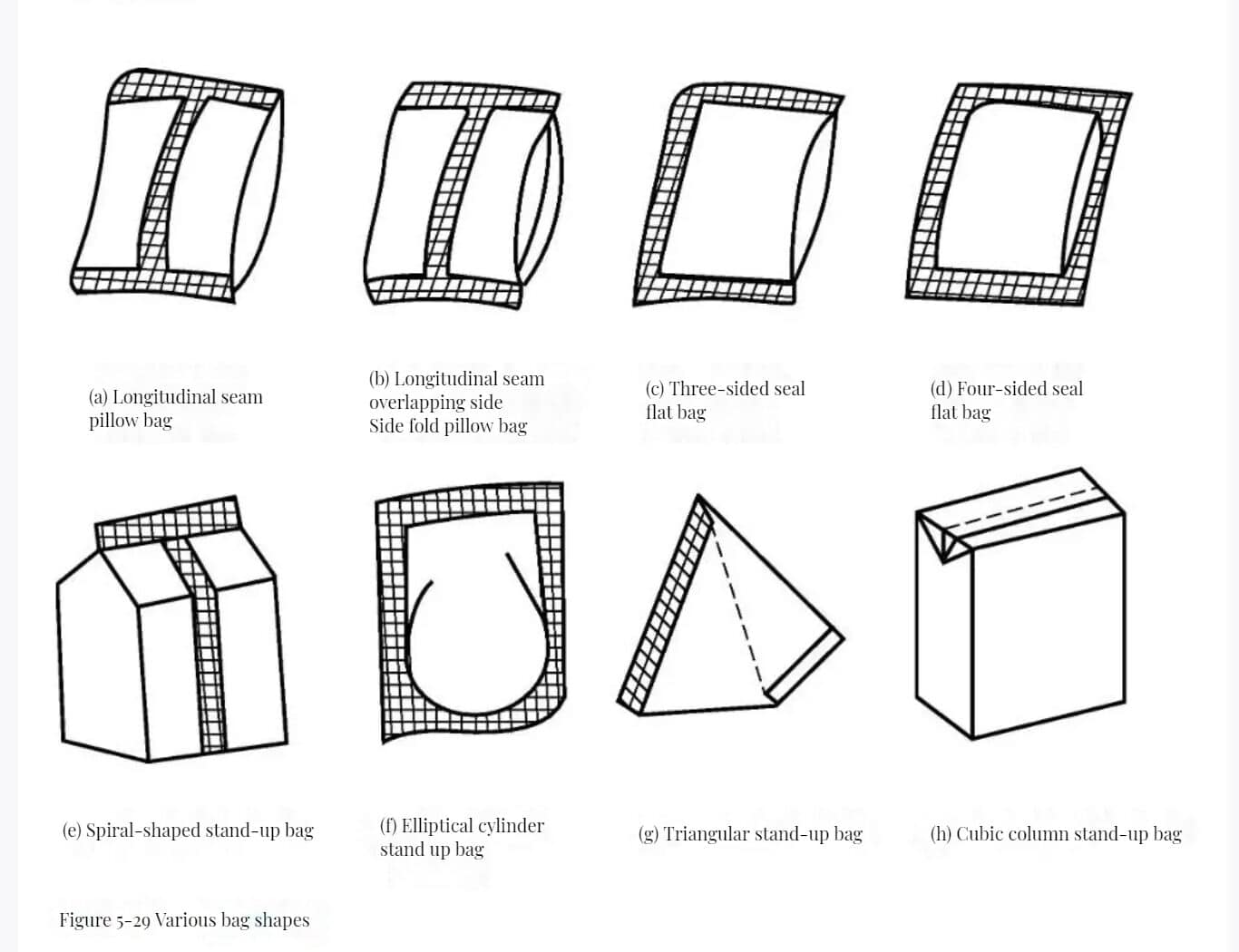
Machines that fill liquids, semi-fluids (sauces), powders, and granular materials into packaging bags made of flexible materials and then exhaust or inflate and seal to complete the packaging are known as sachet packaging machinery.
Before sacheting, the bag must first be made. The flexible materials used for bag making, such as paper, wax paper, plastic film, aluminum foil, and their composite materials, should have good performance in protecting the items. They should be inexpensive, lightweight, easy to print, form, seal, and open for use, and easy to handle. The resulting sachet products are small in volume, lightweight, and aesthetically pleasing, becoming an important feature of flexible packaging products.
Due to the excellent heat sealing, printability, transparency, and moisture-proof and breathable properties of plastic films and their composite materials, they have been widely used in actual production. The fillings have evolved from initially only granular items to liquids, gases, colloids, and large blocks of solids.
Sachet packaging machines use heat-sealable flexible packaging materials to automatically complete multiple functions such as bag making, material measuring and filling, exhausting or inflating, sealing, and cutting. These machines can be used to package liquid, solid, and gaseous materials and are currently the most rapidly developing and widely used type of packaging machine. Their working process is shown in Figure 5-28, with solid lines representing the basic operation procedures and dashed lines for auxiliary work procedures as needed. These packaging machines come in horizontal and vertical types.

Common forms include pillow bags, flat bags, and stand-up bags. Each type has various forms, as shown in Figure 5-29. Common types include:

In the bag-making process, it generally starts with longitudinal sealing followed by horizontal sealing. Therefore, within the full length of the seam of pillow bags, there are three or four layers of film overlapped, which affects the quality of the seal. Flat three-side seal bags have an equal number of film layers inside, resulting in better sealing quality, but the bag’s appearance is asymmetric, making it less aesthetically pleasing.
The four-side seal overcomes the above drawbacks but uses more packaging material. Various stand-up bags are aesthetically pleasing and have the advantage of standing without falling, facilitating subsequent boxing procedures and product placement and display. However, they require more packaging materials, usually composite packaging materials.
 Contact Us!
Contact Us!